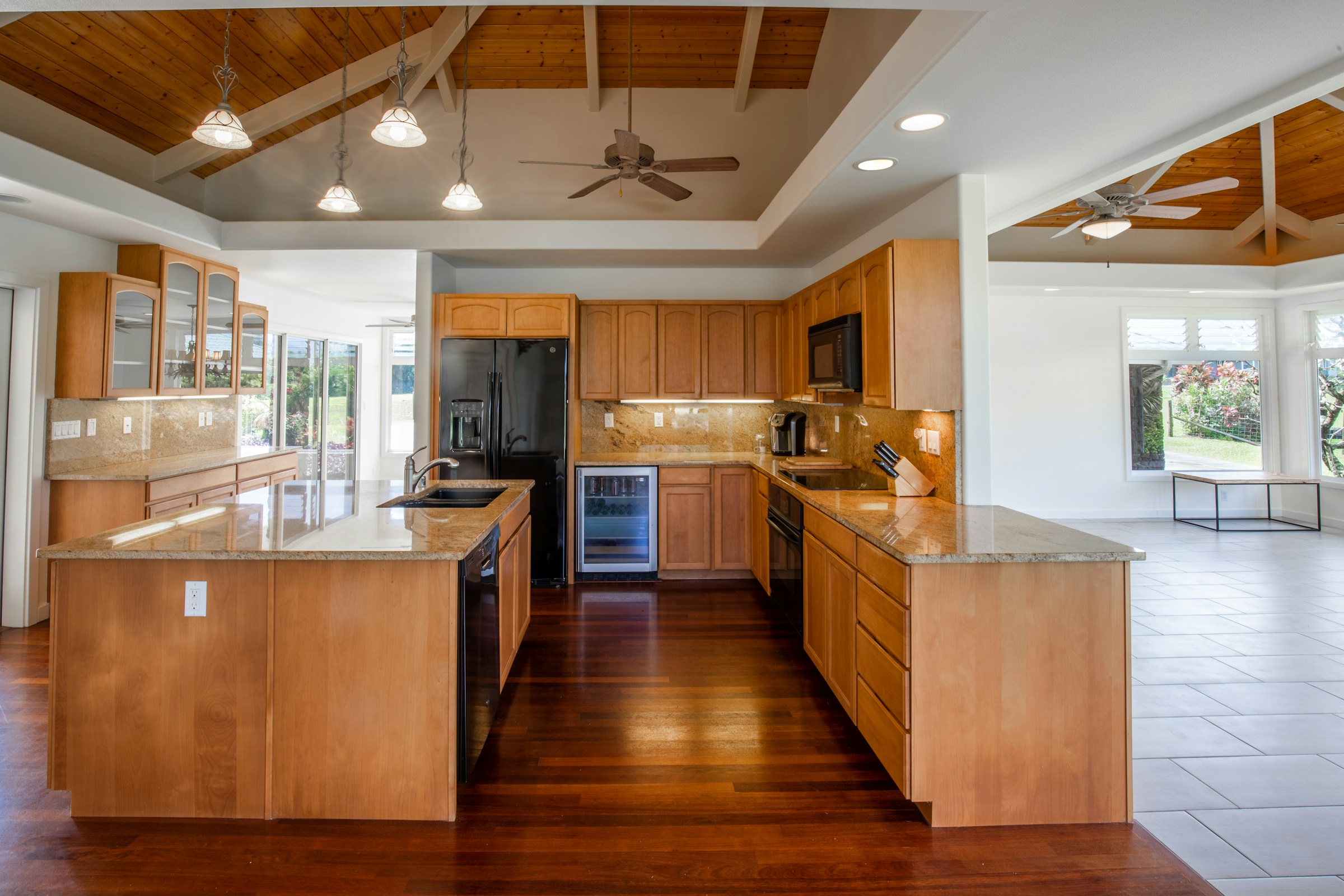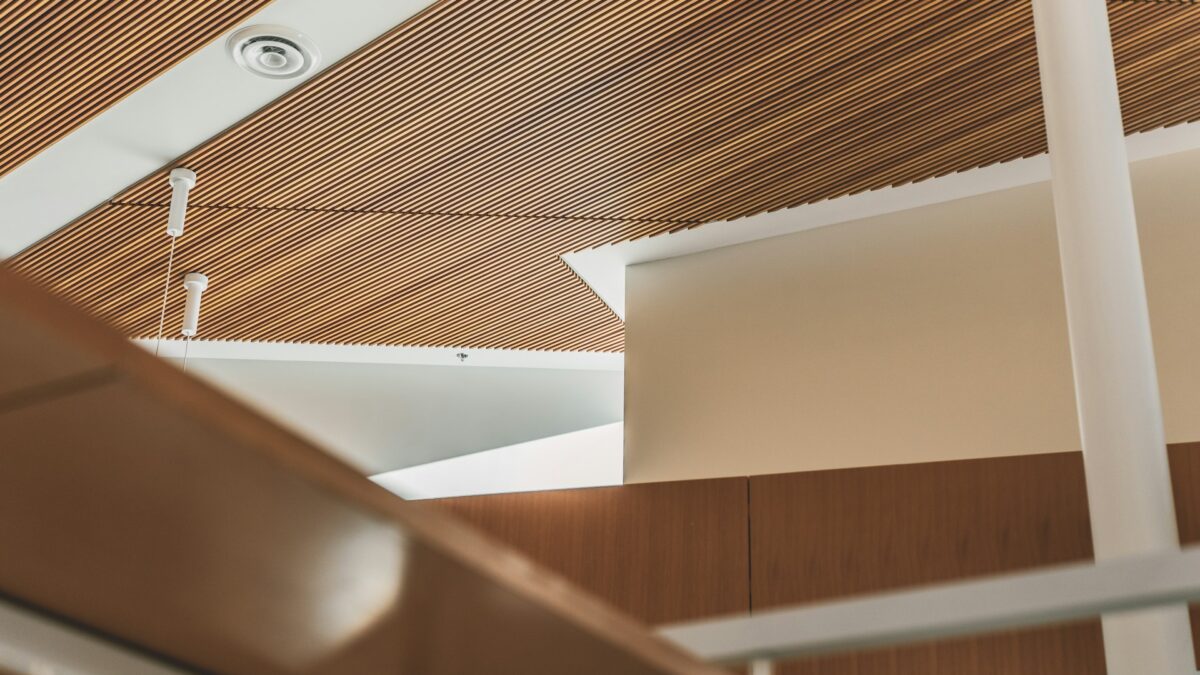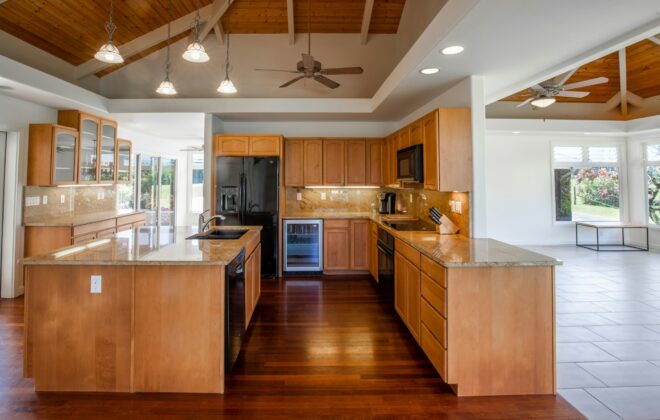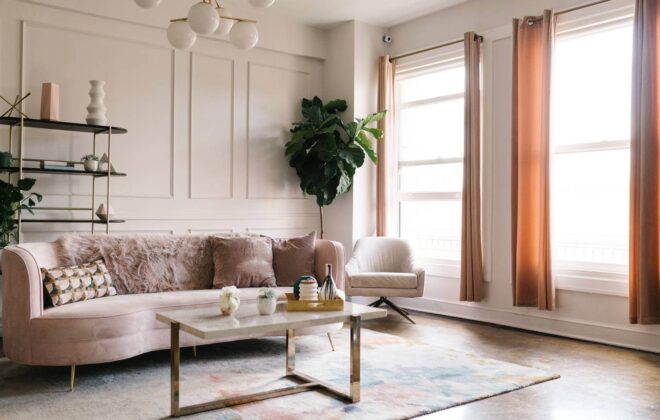Carpentry Trends 2024: Embracing the Art of Top Woodworking Design
Carpentry trends, as we step into 2024, made the world of carpentry and woodworking design continue to evolve, blending traditional craftsmanship with modern aesthetics. From sustainable materials to innovative techniques, this year promises an exciting array of trends that redefine the way we perceive and appreciate wooden creations. Let’s explore the hottest carpentry trends of 2024 that are shaping the landscape of woodworking design.


- Sustainable and Eco-Friendly Practices
With a growing emphasis on environmental consciousness, carpentry trends in 2024 are placing a significant focus on sustainable and eco-friendly practices. Woodworkers are increasingly opting for responsibly sourced materials, such as reclaimed wood and FSC-certified lumber, to create beautiful pieces that not only stand out in design but also contribute to the preservation of our planet.
- Biophilic Design in Carpentry Trends
Incorporating elements of nature into living spaces has become a dominant trend in interior design, and carpentry is no exception. Biophilic design, which seeks to connect people with nature, is gaining popularity in woodworking projects. Expect to see furniture and structures that incorporate natural shapes, textures, and even living elements, blurring the lines between the indoors and outdoors.
- Carpentry Trends: Minimalism and Clean Lines
The timeless appeal of minimalism continues to influence woodworking design in 2024. Clean lines, simple shapes, and uncluttered aesthetics dominate contemporary carpentry projects. Craftsmen are opting for sleek, understated designs that highlight the beauty of the wood itself, often with seamless joinery and hidden hardware.
- Mixed Materials and Textures in Carpentry Trends
In 2024, woodworking design has evolved into a dynamic and innovative field, characterized by a spirit of experimentation and a commitment to pushing artistic boundaries. Craftsmen within this realm have embraced a fusion of traditional woodworking techniques with contemporary materials, ushering in a new era of creativity and sophistication.
One notable trend is the incorporation of diverse materials such as metal, glass, and concrete into woodworking projects. This departure from the conventional use of wood alone allows artisans to craft pieces that boast striking contrasts and textures. By seamlessly integrating these materials, woodworkers are able to create visually stunning and multidimensional pieces that captivate the eye.
The fusion of wood with metal introduces an industrial aesthetic, adding a touch of modernity to the traditionally warm and organic feel of wooden creations. This combination not only serves as a testament to the adaptability of woodworking but also results in pieces that seamlessly blend rustic charm with contemporary design sensibilities.
Furthermore, the inclusion of glass introduces transparency and lightness to woodworking designs. Craftsmen are exploring ways to marry the solidity of wood with the ethereal qualities of glass, creating pieces that play with light and shadow, and offering a sense of openness that challenges the conventional perception of wooden furniture.
Surprisingly, even concrete has found its way into the realm of woodworking. This unconventional pairing not only adds an unexpected heaviness and robustness to the pieces but also challenges preconceived notions about the limitations of traditional materials. The juxtaposition of wood and concrete results in pieces that are not only aesthetically intriguing but also structurally sound.
Overall, the woodworking design landscape in 2024 is characterized by a bold willingness to break away from tradition and embrace experimentation. By marrying wood with materials like metal, glass, and concrete, craftspeople are creating pieces that transcend the ordinary, offering a fresh perspective on the possibilities within the realm of woodworking. This trend reflects a fusion of craftsmanship and contemporary design principles, resulting in a diverse array of unique, visually appealing, and boundary-pushing creations.
- Smart Woodworking: Carpentry Trends
In the age of smart homes, carpentry is not immune to technological integration. Woodworkers are incorporating smart features into their creations, from hidden storage compartments with touch-sensitive open mechanisms to furniture that can wirelessly charge devices. The intersection of craftsmanship and technology is giving rise to functional and innovative wooden designs.
- Customization and Personalization:
As consumer preferences continue to shift towards unique, one-of-a-kind pieces, custom and personalized carpentry is on the rise. Woodworkers are collaborating closely with clients to create bespoke pieces that reflect individual tastes and lifestyles. This trend emphasizes the craftsmanship and artistry of woodworking, allowing for a deeper connection between the creator and the end-user.
Conclusion:
In 2024, the world of carpentry and woodworking design is undergoing a transformative journey, blending tradition with innovation, sustainability with aesthetics. From embracing eco-friendly practices to experimenting with mixed materials, the trends of the year showcase the versatility and adaptability of this timeless craft. As we move forward, the intersection of technology, sustainability, and individual expression will undoubtedly continue to shape the future of woodworking design. So, whether you’re a seasoned woodworker or a design enthusiast, keep an eye out for these trends as they redefine the landscape of carpentry in 2024.
Related Posts
Leave a Reply Cancel reply
Recent Posts
- DIY vs. Professional: When to Hire a Custom Carpentry Team for Your Home Projects
- Custom Carpentry: 4 Unique Woodworking Projects That Enhances Your Ceiling
- Custom Carpentry: 6 Tips in Maximizing Your Space
- Spring Renovations: 7 Ways to Transform Your Space with Custom Carpentry
- Custom Carpentry vs DIY: A Battle in Crafting Your Space





